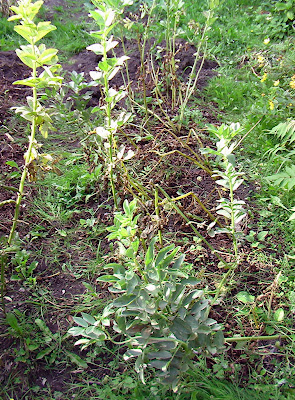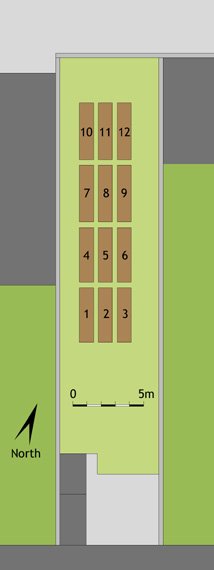Week 31 - Bed 12






A small educational garden in Dublin, Ireland






Posted by
Bruce Darrell
0
comments
![]()





Posted by
Bruce Darrell
0
comments
![]()


Posted by
Bruce Darrell
0
comments
![]()




Posted by
Bruce Darrell
0
comments
![]()



Posted by
Bruce Darrell
0
comments
![]()


Posted by
Bruce Darrell
0
comments
![]()


Posted by
Bruce Darrell
0
comments
![]()



Posted by
Bruce Darrell
0
comments
![]()



Posted by
Bruce Darrell
0
comments
![]()




Posted by
Bruce Darrell
0
comments
![]()




Posted by
Bruce Darrell
0
comments
![]()



Posted by
Bruce Darrell
0
comments
![]()
